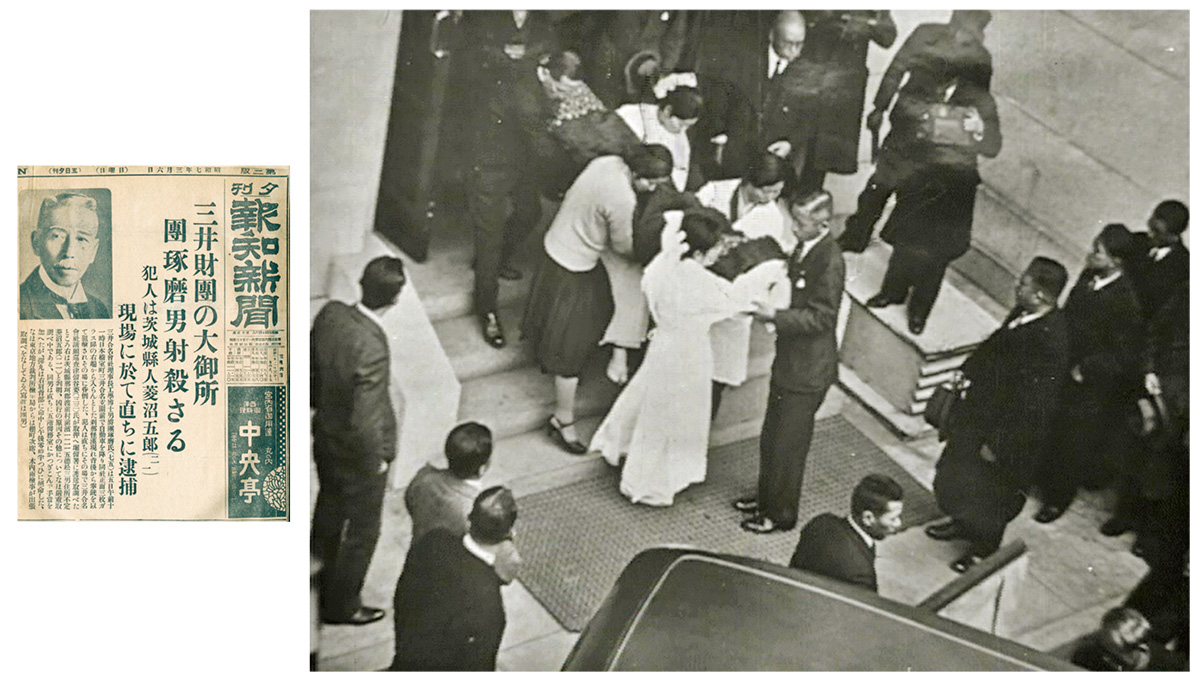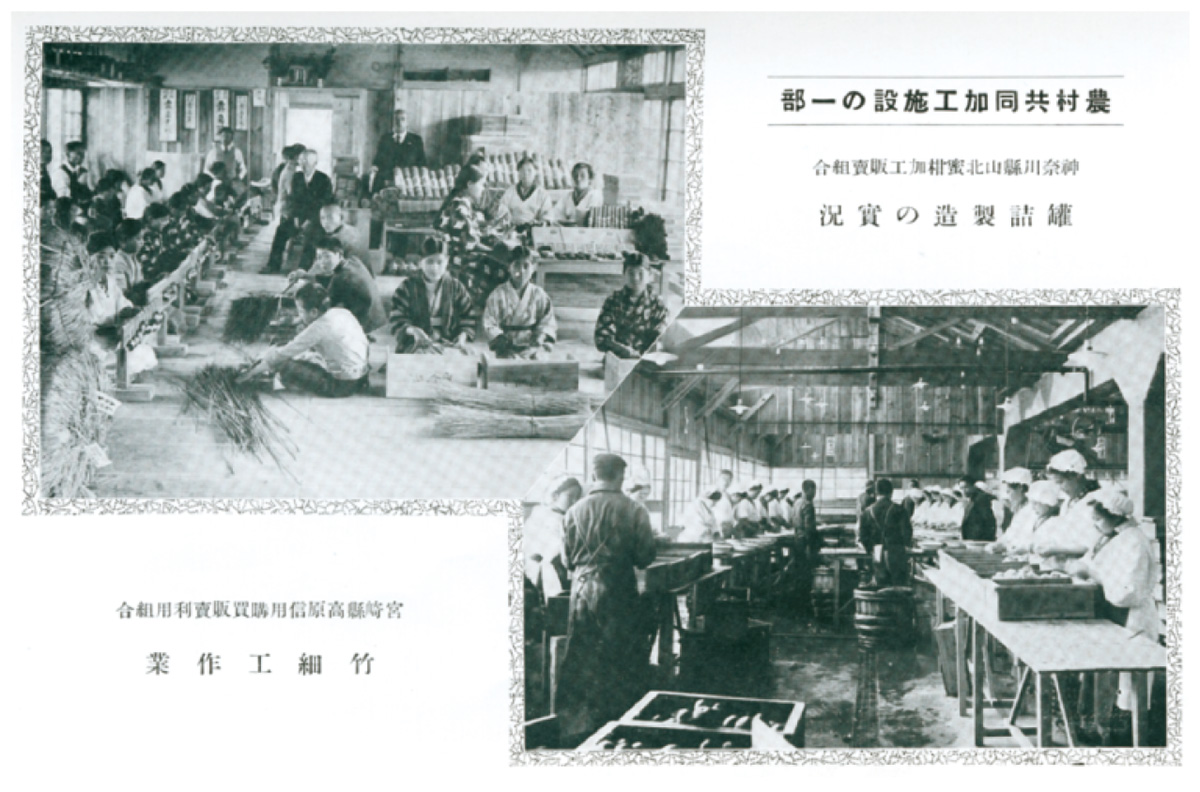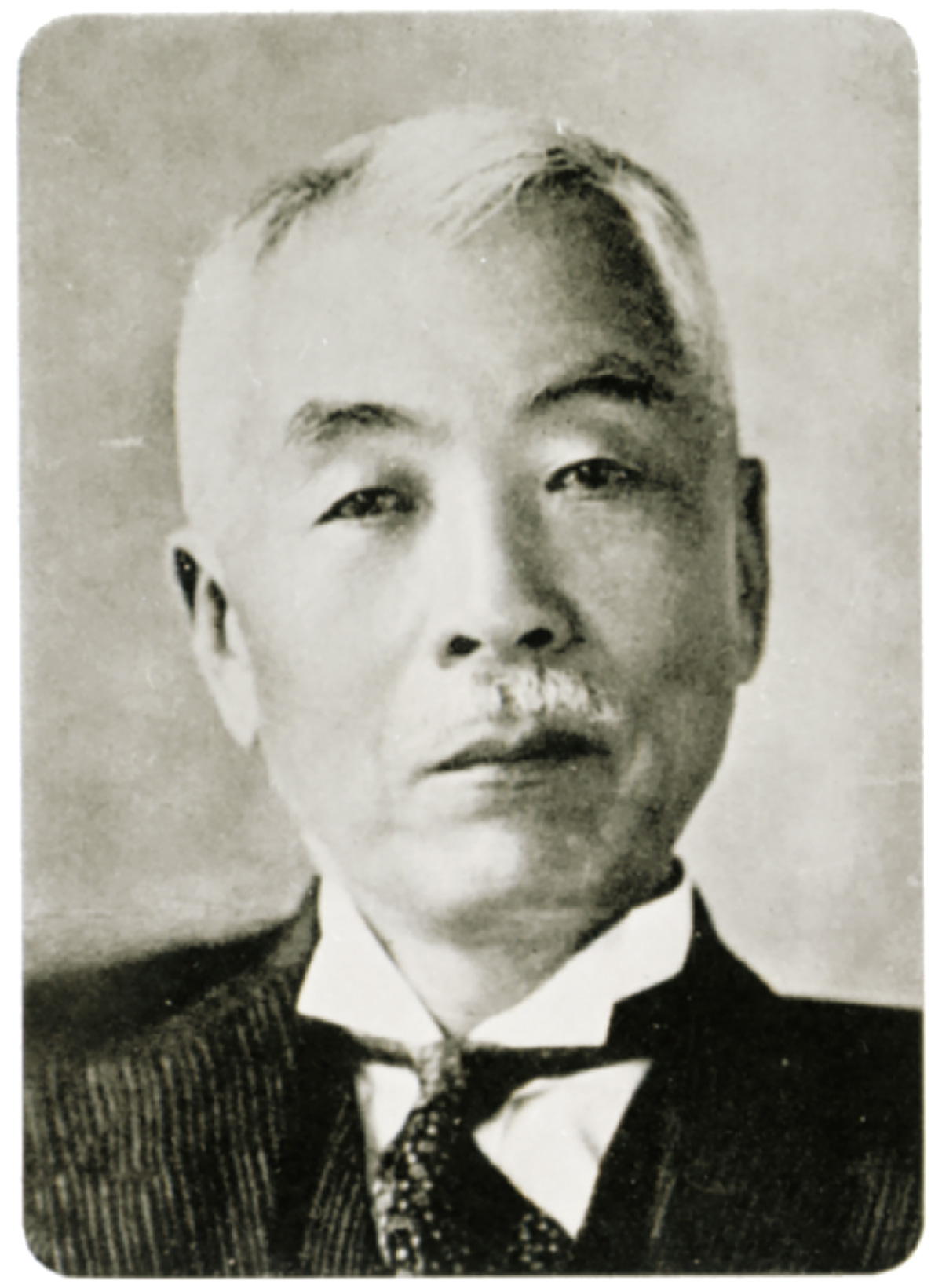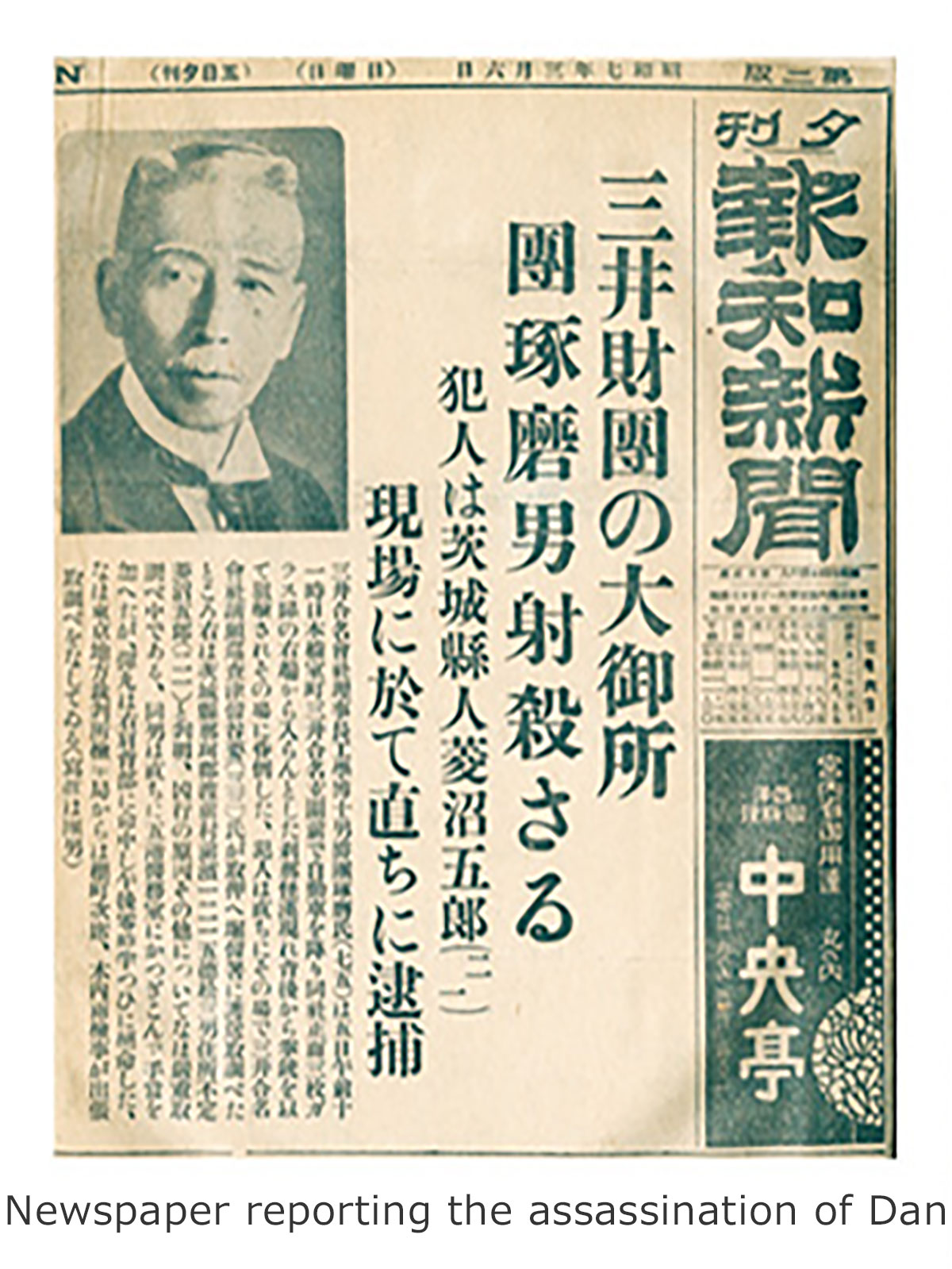45 The Conversion of the Zaibatsu

The Showa Depression
On October 24, 1929, the New York stock market experienced a massive crash. The economic crise that began in the United States developed into a global depression that engulfed the entire world. Under the Hamaguchi Osachi Cabinet, Japan’s economy, which was pursuing austerity policies, also faced an unprecedented recession that began in 1930. Cities were flooded with the unemployed, while rural villages faced severe hardships, leading to problems of families selling off daughters and increasing numbers of malnourished children, all of which plunged the nation into an unheard of economic decline. Dissatisfaction among the public and the military toward politicians and business leaders continued to grow.
The “Dollar-Buying Incident”
It was under these circumstances that Mitsui was denounced when the so-called “dollar-buying incident” occurred. In September 1931, when Britain abandoned its use of the gold standard, investors, financial institutions, and trading companies began actively selling yen and buying dollars in anticipation of a depreciation in the yen. The government, which had made a national policy of maintaining the exchange rate, intervened in the market and sought cooperation from the business world, while strongly condemning speculative dollar purchases, calling them “treasonous” acts. Despite displaying a willingness to comply with government requests, Mitsui Bank and Mitsui Bussan had both made significant forward purchases on dollars, leading public criticism to center on Mitsui. In November, a group of young socialists stormed into the branch of Mitsui Bank on the first floor of the Mitsui main building and, among other things, distributed flyers denouncing Mitsui, further intensifying hostility toward the Group. Mitsui Bank and Mitsui Bussan argued that their actions were part of legitimate commercial transactions and not speculative buying, but the truth of the matter and its proper assessment remain unresolved to this day.
Death of Dan and Retirement of Mitsui Family Members
Amid growing criticism of the zaibatsu, in 1932, Dan Takuma was assassinated, shot by a member of the Ketsumeidan (League of Blood), a group advocating a “one man, one death” creed. The sudden death of Mitsui’s de facto leader dealt a significant shock to the entire Mitsui Group, and became the impetus for a variety of reforms collectively referred to as the “conversion” (tenko) of the zaibatsu. In 1933, Mitsui Takamine, who along with Dan had played a key role in shaping an era for Mitsui, retired, and Mitsui Takakimi, who had inherited his position as head of the Kita family, assumed the presidency of Mitsui Gomei Kaisha. In addition, Ikeda Seihin (→Fig. 45c), senior executive director of Mitsui Bank, succeeded Dan as senior executive director of Mitsui Gomei Kaisha. To deflect criticism of the zaibatsu, a series of conversion measures were enacted under Ikeda’s strong leadership. First, members of the Mitsui families were removed from the front lines of business operations. In 1934, family members serving as presidents of Mitsui Bank, Mitsui Bussan, and Mitsui Mining all stepped down from their respective positions.
Repaying Society
Second, large donations were made to social and public welfare projects. In April 1934, a 30 million yen donation from Mitsui Gomei Kaisha led to the establishment of the Mitsui Hoonkai, a foundation aimed at supporting social and cultural projects. The announcement of the foundation received significant media attention, with headlines such as “Mitsui Drops 30 Million Yen on Public Welfare Projects.” Considering that the starting salary for a public elementary school teacher was about 50 yen at the time, the enormity of this donation becomes clear. Specific projects included support for child protection efforts and for communal processing facilities that might help generate supplemental income in rural areas (→Fig. 45b).
Public Share Offering
Third, shares of some Mitsui-affiliated companies were offered to the public in an attempt to deflect criticism that the Group was “monopolizing profits.” Public offerings included the stocks of Toyo Rayon, under Mitsui Bussan; Toyo Koatsu Industries, under Mitsui Mining; and Miike Nitrogen Industries. In September 1933, shares of Oji Paper and Hokkaido Colliery & Steamship, owned by Mitsui Gomei Kaisha, were also sold. These public offerings also played a role in raising funds for business expansion and the aforementioned donations.
Assessment of the Conversion
There were negative opinions regarding Mitsui’s conversion measures even at the time, dismissing them as mere camouflage to soften criticism of the zaibatsu. Although some shares were publicly listed, they did not belong to the core companies directly under Mitsui Gomei Kaisha ownership, and the buyers of those shares were concentrated among Mitsui-affiliated entities such as Mitsui Bussan, Mitsui Life Insurance, and Mitsui Trust, making an assessment of this step difficult. That said, the donations to social and cultural projects were received favorably by many.
On March 5, 1932, Dan Takuma, chairman of Mitsui Gomei Kaisha, was assassinated. At around 11:25 a.m., as Dan ascended the stone steps to the entrance of the Mitsui Main Building on the Mitsukoshi side (the entrance to Mitsui Bank), a young member of the Blood Brotherhood League approached him and fired at his right chest with a pistol he had concealed. Dan was immediately carried to the medical office on the fifth floor of the Main Building for treatment, but died shortly thereafter. A month earlier, former Finance Minister Inoue Junnosuke had also been killed, and together these killings became well-known as the “League of Blood Incident.” The above image is a shot taken from a documentary film titled The Funeral of Chairman Dan, produced the following year by Mitsui Mining’s head office. The film, shot by Shochiku Kinema, follows a story that begins with a reenactment of the day of the assassination and depicts Dan leaving his home by car to go to work, followed by scenes of the Main Building entrance where the incident occurred, then transitions to still images of Dan’s body being carried away. As reported, the killing generated shock throughout the business world.

At left, a scene of bamboo being crafted in Takaharu Town, Miyazaki Prefecture, and at right, production of canned goods in Yamakita Town, Kanagawa Prefecture.

Joined Mitsui Bank in 1895, becoming managing director in 1909. Demonstrated exceptional management skills at the bank, where he took the brunt of criticism during the “Dollar-Buying Incident.” Following Dan’s assassination, took action on Mitsui’s zaibatsu conversion measures, and in 1938, instituted a mandatory retirement age for executives, also stepping down from his own position. Subsequently, even after retiring he remained active in political and business circles, serving as Governor of the Bank of Japan and as Minister of Finance and Minister of Commerce and Industry in the first Konoe Cabinet.

